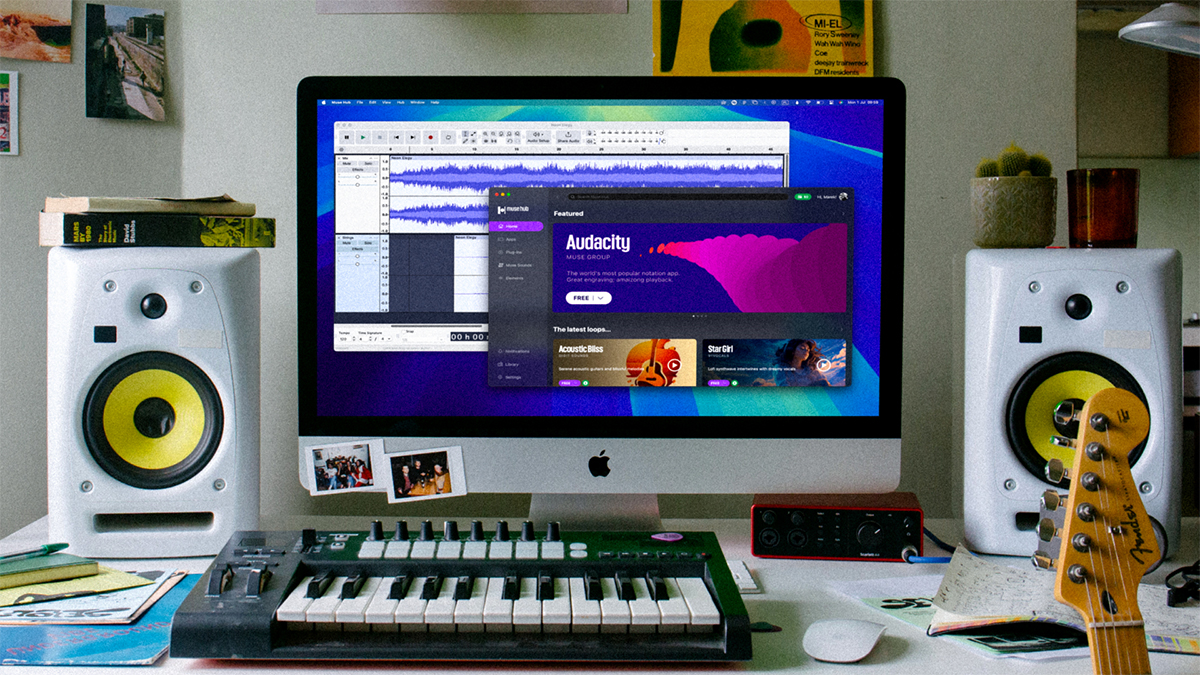Audacity 3.6: Free audio editor gets a “visual refresh”, new master channel and compressor and limiter effects
Developer Muse Group has also updated its Muse Hub software portal
Muse Group has updated both its Audacity audio recording/editing software and the Muse Hub portal of apps, plugins and sounds. As before, both of these are free to download, though some of the content in the Hub has to be paid for.
Audacity 3.6 has been given a visual refresh, and the software also gets a new master channel. What’s more, new compressor and limiter effects have been added for you to put across it. We’re told to expect more “major improvements and features” in the upcoming Audacity 4.
New apps in the updated Muse Hub, meanwhile, include Ace Studio, Samplab and WavTool, all of which are powered by AI.
Ace Studio enables you to automatically turn MIDI and lyrics into a complete vocal track, which sounds impressive, while Samplab can change an audio sample’s key or break apart the stems.
WavTool, meanwhile, is billed as nothing less than an “AI-powered DAW” that can generate audio and separate stems. It also comes with a library of presets, though what these are for isn’t clear.
On the plugin side, Muse Group’s own AmpKit guitar amp//effects studio is now part of the Muse Hub, and Baby Audio’s Crystalline has been added, too. The inclusion of SSL’s VocalStrip2 also catches the eye.
Finally, there are new sounds: a special edition of Spitfire Audio’s Symphony Collection, cinematic sounds from Cinesamples and orchestral ensembles and soloists from Orchestral Tools.
Want all the hottest music and gear news, reviews, deals, features and more, direct to your inbox? Sign up here.
Find out more about all of these products and more on the Muse Group website.




I’m the Deputy Editor of MusicRadar, having worked on the site since its launch in 2007. I previously spent eight years working on our sister magazine, Computer Music. I’ve been playing the piano, gigging in bands and failing to finish tracks at home for more than 30 years, 24 of which I’ve also spent writing about music and the ever-changing technology used to make it.
